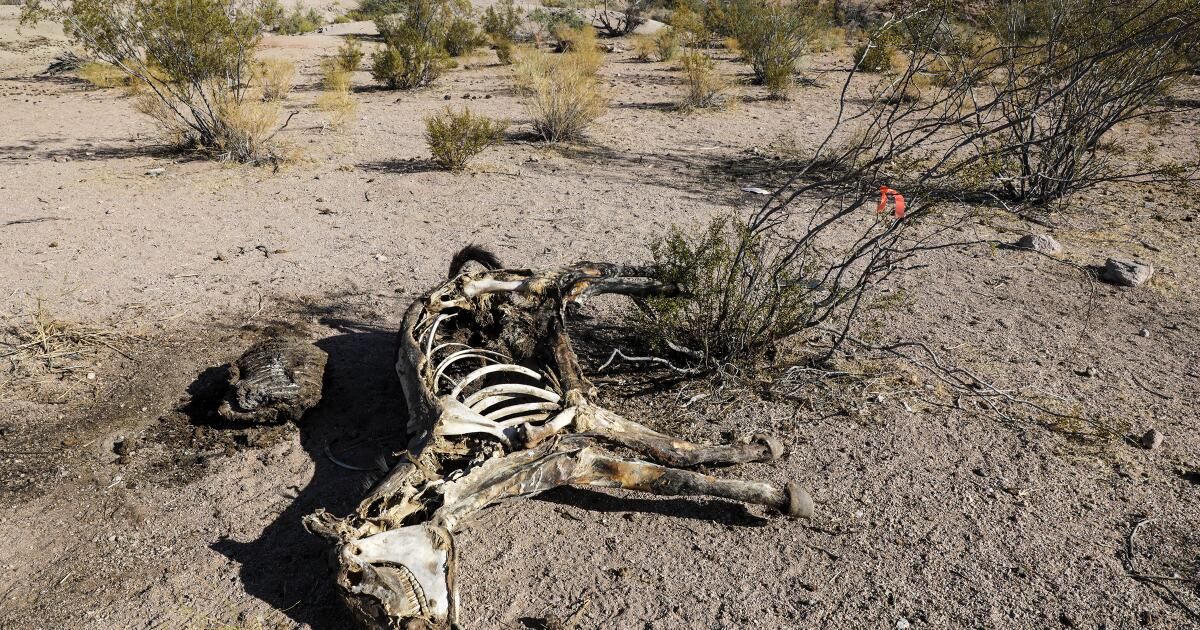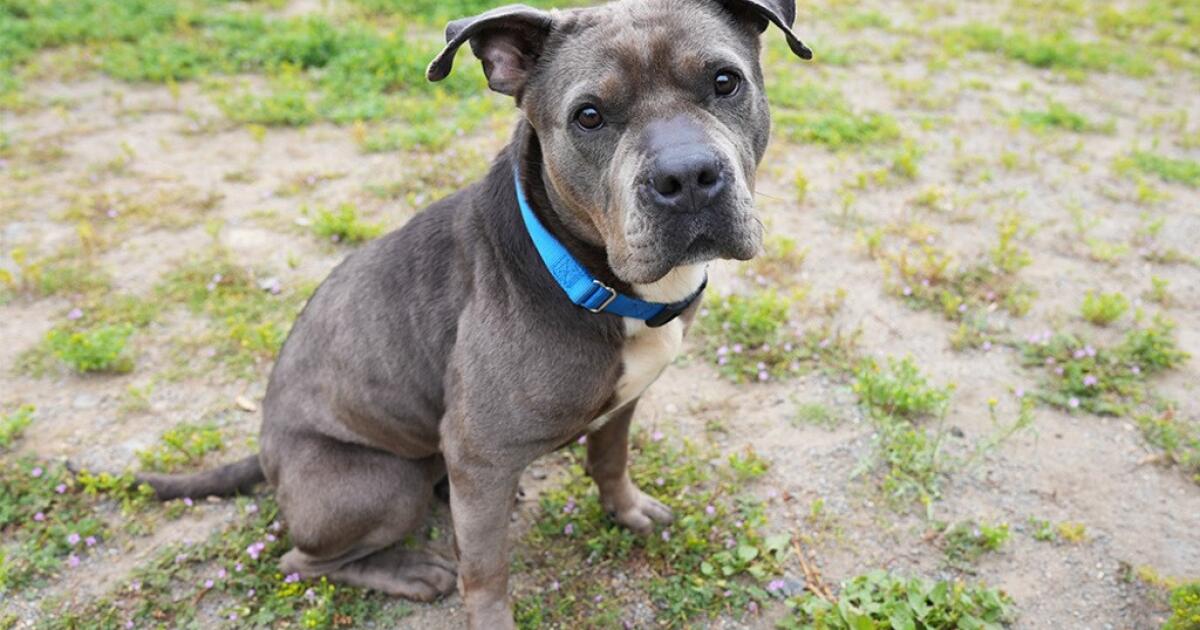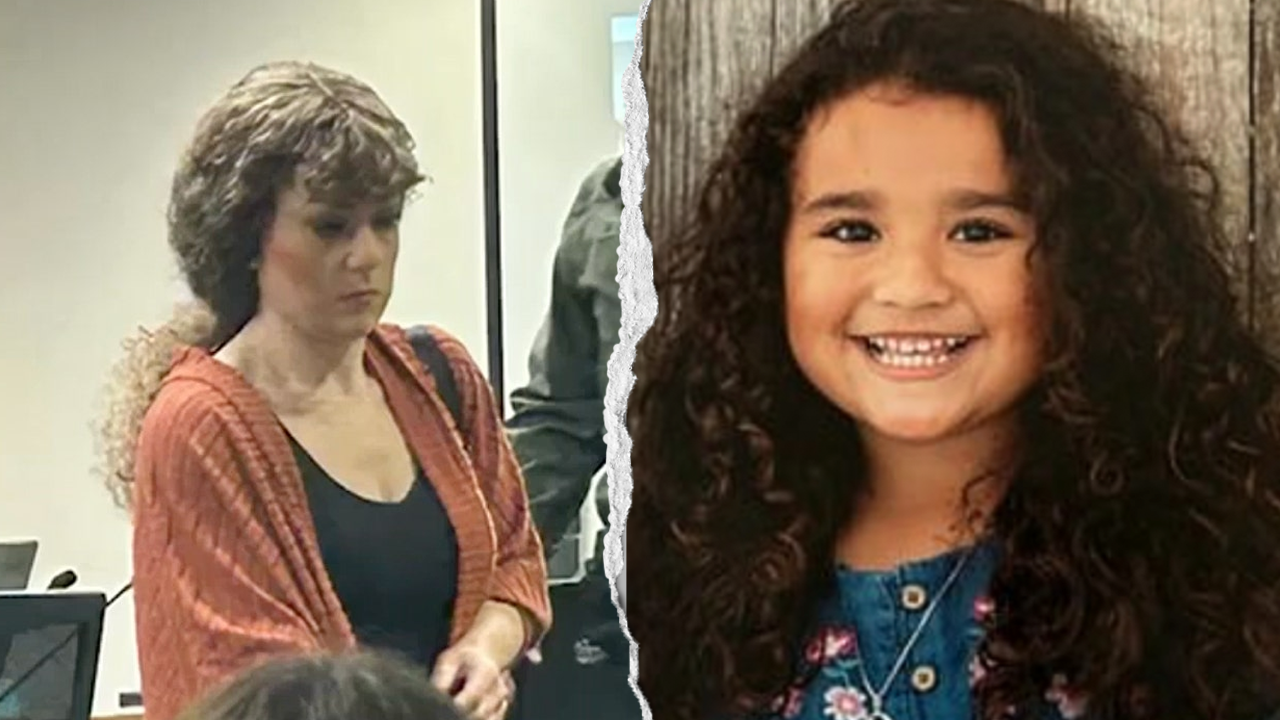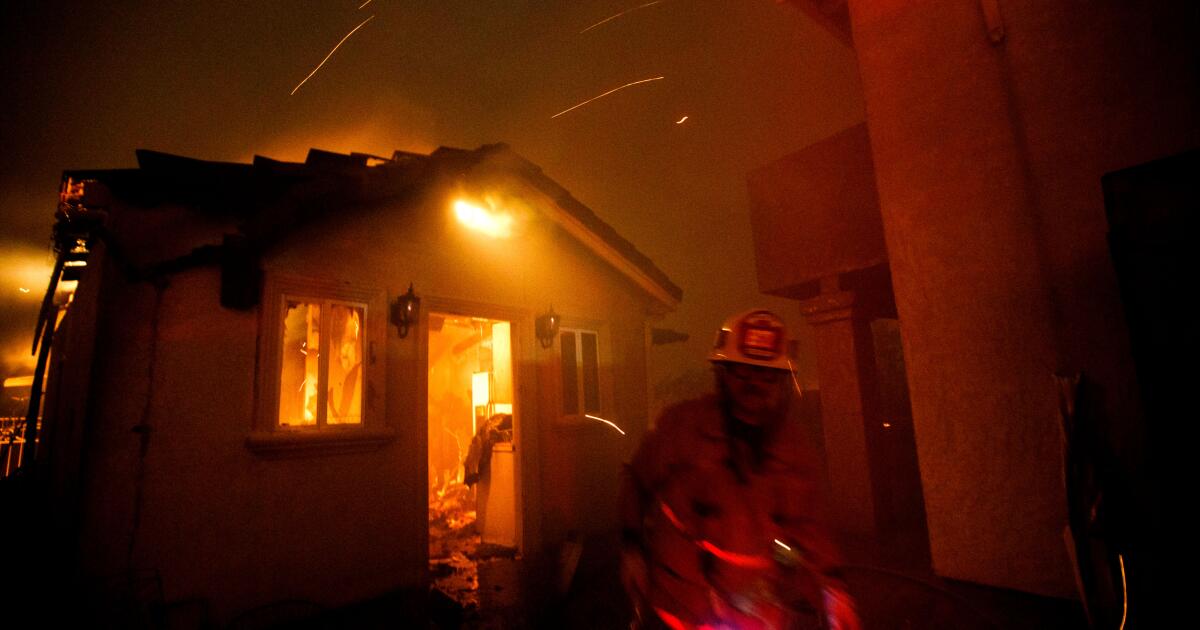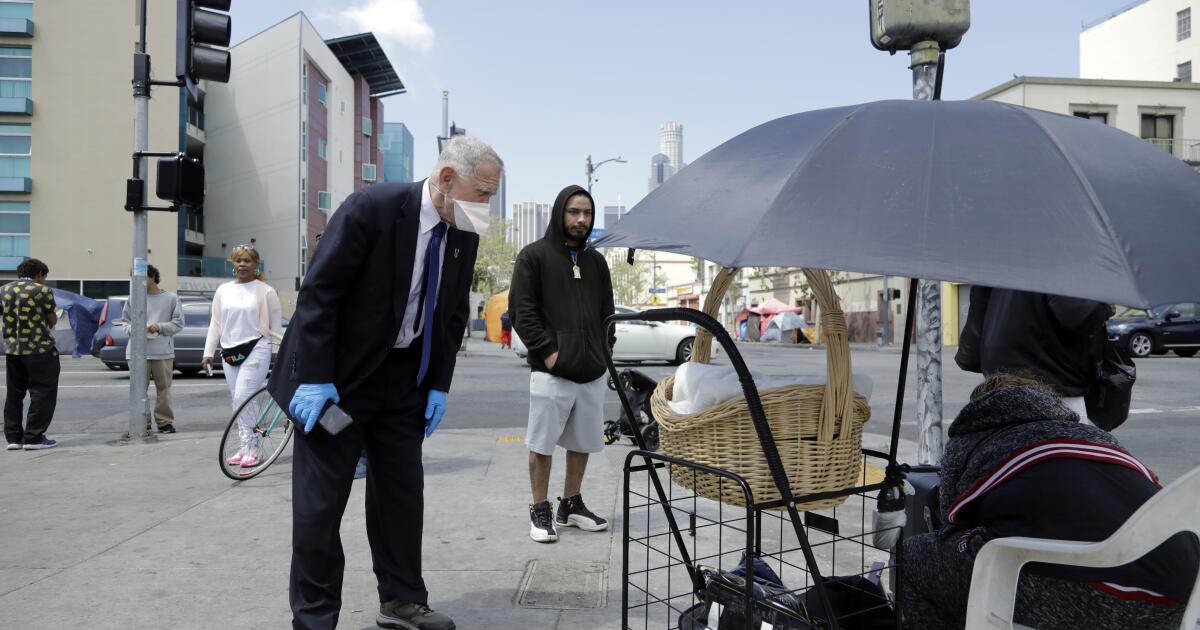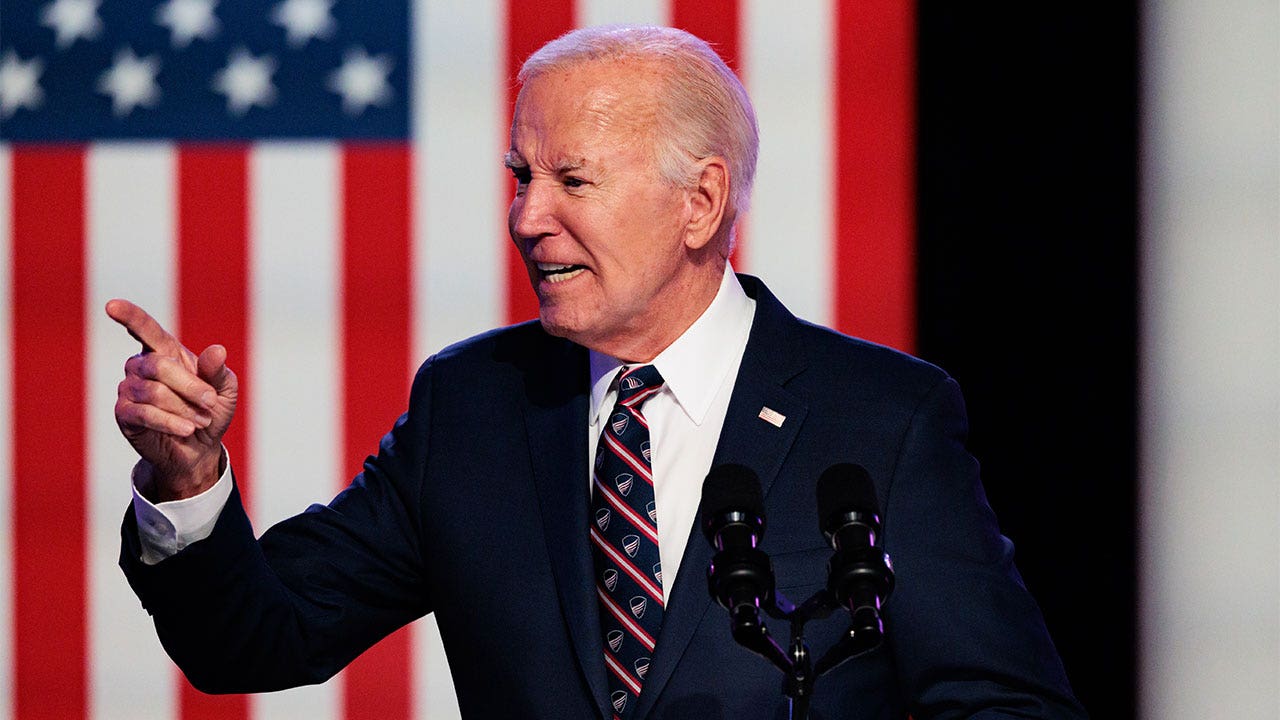New information may offer clues to the killings of several wild burros in the Mojave Desert more than four years ago.
In the summer of 2019, at least 42 wild burro carcasses with gunshot wounds in various states of decomposition were found along the Interstate 15 corridor between Halloran Springs, California, and Primm, Nevada. Bureau of Land Management officials called it one of the largest such murders on public lands managed by the agency and vowed to find those responsible.
Now, BLM law enforcement officials have identified two vehicles of interest in the killings of 19 of those donkeys, whose bodies were found on August 13, 2019, according to a news release from the agency.
Surveillance cameras captured the vans — a gray or silver 2008 Toyota pickup with flared fenders and a white 2008 Toyota pickup with a white shell, white wheels and sunroof — traveling together that morning, authorities said. The trucks, both with extended cabs and guards, were last seen at 6:32 a.m. in the parking lot of Whiskey Pete's Hotel and Casino in Primm, according to authorities.
Donkeys are not native to Western deserts; They are descendants of the pack animals that miners and prospectors used more than a century ago. But they became some of the West's most valuable resources: firm in rugged terrain, capable of carrying heavy loads over long distances and withstanding extremes of hot and cold temperatures.
In the 1920s and 1930s, they were abandoned and replaced by Ford Model A and other vehicles. Since then, they have multiplied without restriction and there are few predators who can verify their numbers.
Jacob Overson in October 2019 in an area littered with the carcasses of dead donkeys in Halloran Springs, near Baker, California. An unknown shooter or shooters killed several donkeys not far from Interstate 15 near Baker.
(Irfan Khan/Los Angeles Times)
With populations doubling every four or five years, they have managed to survive by feeding on the sage and wild vegetation of the Mojave Desert.
Today, the animals are protected from capture, branding, harassment or death under the Free-Range Horses and Burros Act of 1971, which considers them an integral part of the natural system of public lands managed by the BLM.
BLM special agents also identified a .30-06 caliber rifle as the weapon used to kill the 19 donkeys, according to the news release. Based on the recovered shells, the firearm may be old and could have been manufactured by Browning, Remington, Springfield, US Military Arms or Winchester, the BLM said. Officers believe the shooter or shooters used reloaded ammunition marked with red or orange paint on the bottom of the cartridges.
Authorities are offering a $10,000 reward for information leading to the successful prosecution of those responsible and have asked anyone with knowledge of the crime to call (909) 987-5005.
Times staff writer Louis Sahagún contributed to this report.

